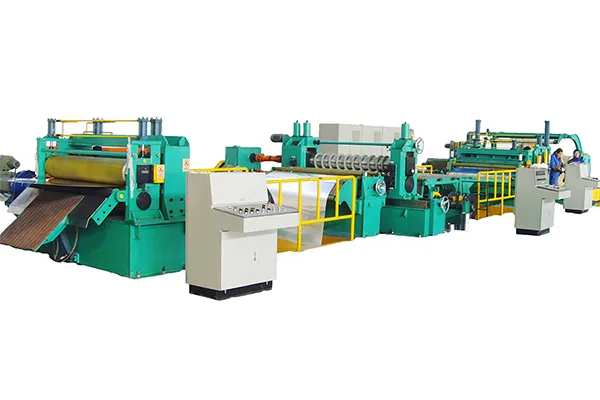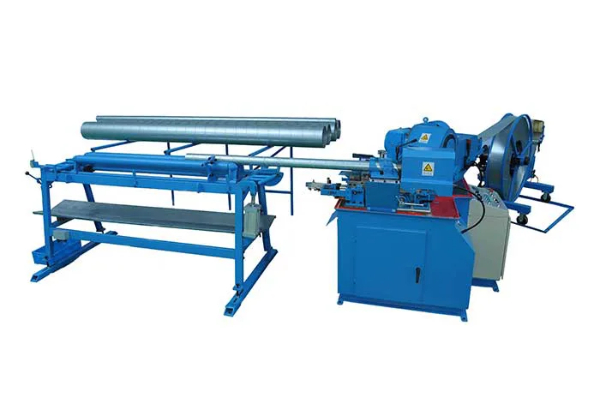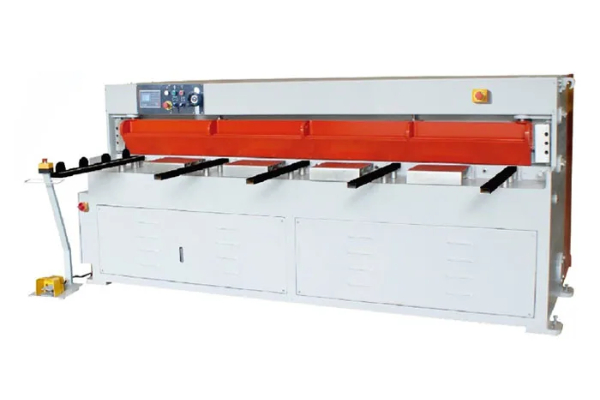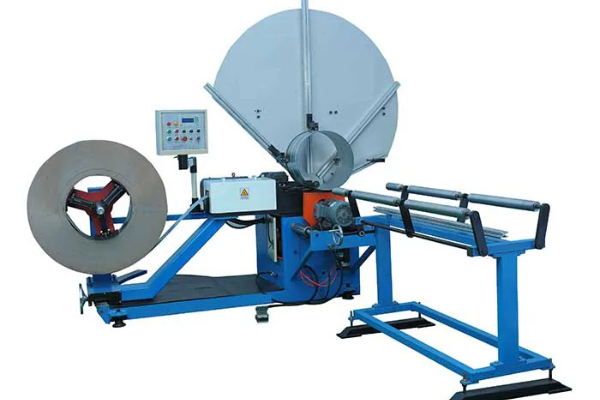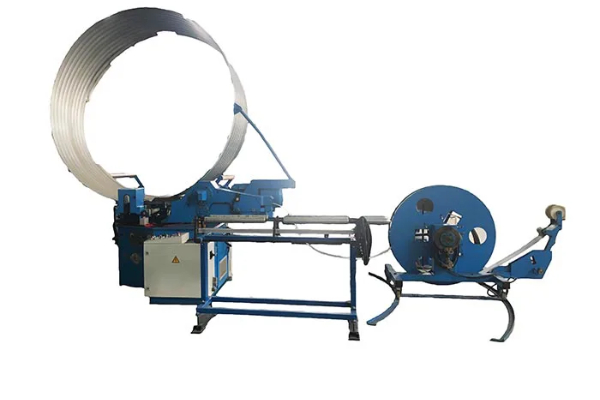
How to Optimize Your Press Brake for Different Sheet Metal Thicknesses
- By:Metmac
- 2024-08-14
- 85
Press brakes are essential tools for bending sheet metal into various shapes and angles. However, achieving optimal results requires adjusting the press brake’s settings to accommodate different sheet metal thicknesses. This article delves into the intricacies of optimizing your press brake for different material gauges, ensuring precision and efficiency in your bending operations.
Tonnage Capacity
Tonnage capacity refers to the amount of force exerted by the press brake’s ram. It is crucial to select a press brake with a tonnage capacity appropriate for the thickness of the sheet metal being bent. Insufficient tonnage can lead to slippage, resulting in inaccurate bends, while excessive tonnage can damage the material.
Die Selection
Dies are the tools that shape the sheet metal during bending. Different die configurations, such as V-dies, U-dies, and radius dies, are designed for specific thickness ranges. V-dies are suitable for thin sheet metal, while U-dies and radius dies provide deeper bends in thicker materials.
Bending Radius
The bending radius is the distance between the neutral line of the bent sheet metal and the inner surface of the die. For thinner materials, a smaller bending radius can be achieved, resulting in sharper bends. As the sheet metal thickness increases, a larger bending radius is necessary to avoid overstressing and cracking.
Ram Speed
Ram speed is another critical factor in press brake optimization. Thin sheet metal requires higher ram speeds to achieve precise bends without excessive deflection. Conversely, thicker materials necessitate slower ram speeds to allow for proper material flow and prevent distortion.
Material Properties
The material properties of the sheet metal also influence the press brake settings. Harder metals require higher tonnage and lower ram speeds to achieve the desired bends without compromising the material’s integrity. Softer metals, on the other hand, can withstand higher ram speeds and are less susceptible to cracking.
Conclusion
Optimizing your press brake for different sheet metal thicknesses is a multifaceted process that involves careful consideration of tonnage capacity, die selection, bending radius, ram speed, and material properties. By adhering to these principles, you can ensure that your press brake consistently delivers precise and efficient bends, maximizing productivity and minimizing material waste in your sheet metal fabrication.
-
Reliable Sheet Metal Equipment for Sale to Support Precision Fabrication
2025/07/17 -
Advanced Duct Machine AC and Fabrication Solutions from Metmac
2025/07/12 -
The Advantages of Using a Sheet Roll Forming Machine in Manufacturing
2024/09/14 -
How to Optimize Your Laser Sheet Cutting Machine for Maximum Performance
2024/09/12
-
Advanced Sheet Metal Machinery for Precision Fabrication
2025/07/17 -
Precision Sheet Metal Bending and Cutting Machines for Industrial Fabrication
2025/07/17 -
High-Precision Duct Forming, Cutting, and Bending Machines by Metmac
2025/07/12 -
Efficient Duct Board Cutter and HVAC Duct Machines for Sale by Metmac
2025/07/12
-
A Guide to the Latest Innovations in Sheet Metal Folding Machines
2024/11/29 -
Key Features to Consider When Investing in a Sheet Metal Folding Machine
2024/11/28 -
Enhancing Precision with Advanced Sheet Metal Folding Machines
2024/11/27 -
How to Choose the Right Sheet Metal Folding Machine for Your Workshop
2024/11/26
